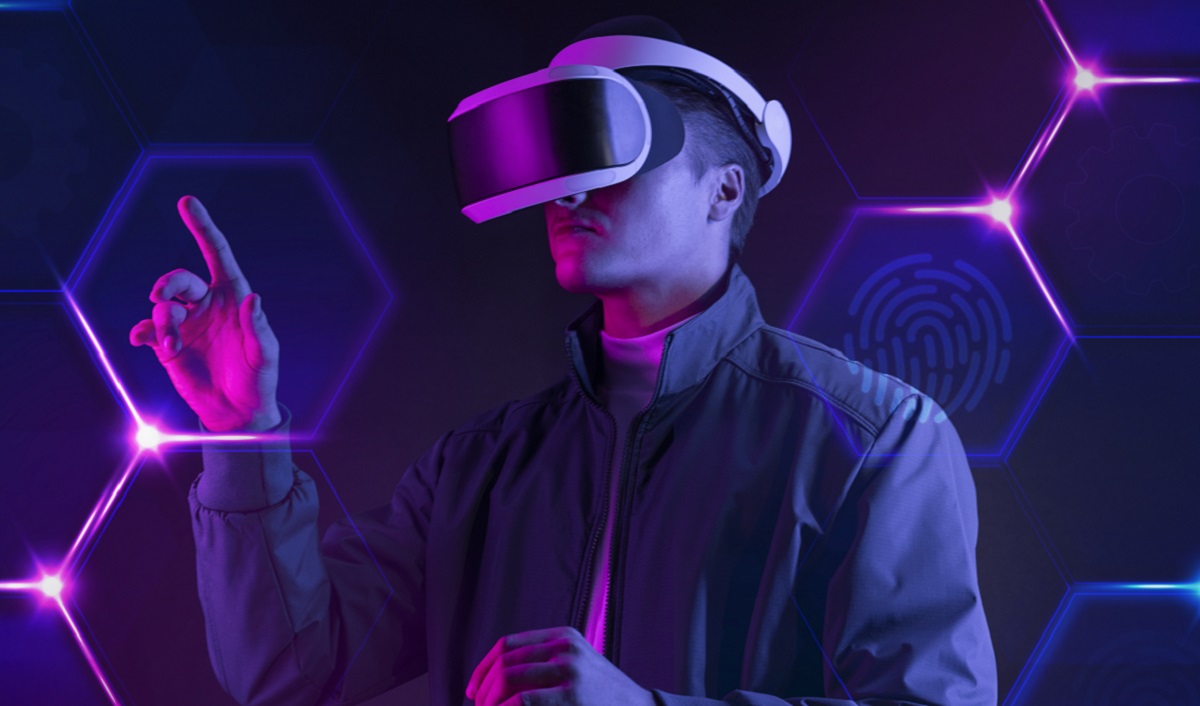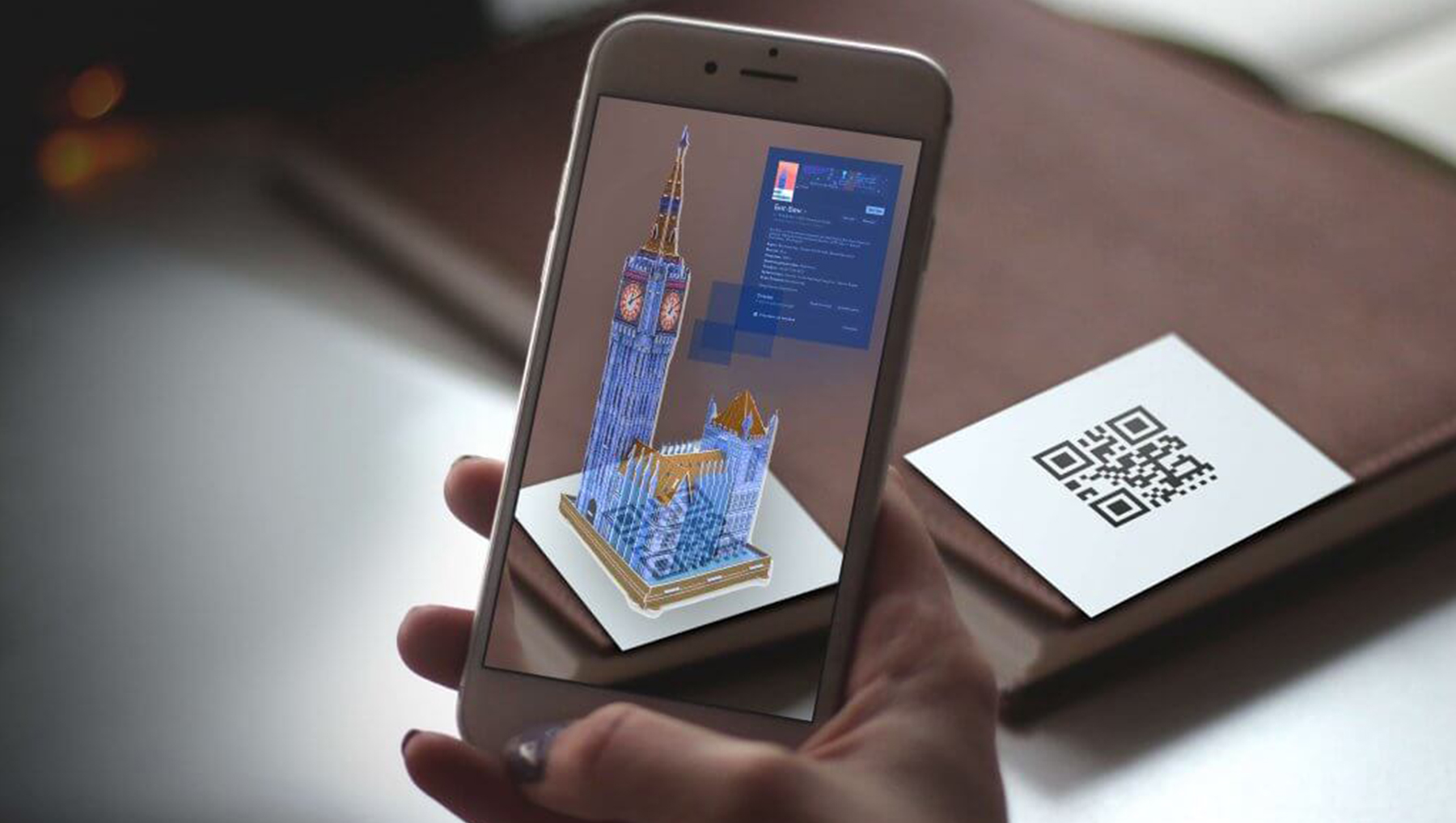Augmented Reality In Healthcare: Uniting Technology and Wellness

Augmented reality in healthcare is an emerging technology that has the potential to revolutionize patient care. AR can combine the physical and digital worlds, enabling healthcare providers to access real-time data through 3D models, images, and videos. This can improve the accuracy of diagnosis and treatment, increase the efficiency of medical procedures, and provide patients with a more personalized experience. By leveraging the power of AR, healthcare professionals can unite technology and wellness to create innovative solutions that improve patient outcomes.
What is augmented reality?
Augmented reality (AR) is a technology that combines the physical and digital worlds, enhancing our perception of reality. It overlays virtual objects in our real-world environment, creating an immersive experience. AR can provide healthcare providers with real-time data in the form of 3D models, images, and videos. This allows them to visualize and interact more intuitively and efficiently with medical information. AR can also provide patients with a more personalized and interactive experience, improving their understanding and engagement in their healthcare. Overall, augmented reality in healthcare has the potential to revolutionize the way we deliver and experience healthcare.
How does augmented reality benefit healthcare?

Augmented reality in healthcare has the potential to revolutionize healthcare in numerous ways:
- It can improve the accuracy and efficiency of diagnosis and treatment. By providing healthcare providers with real-time access to 3D models, images, and videos, AR enables them to visualize and interact with medical information more intuitively and precisely. This can lead to more accurate diagnoses and more targeted treatment plans.
- AR can enhance the patient experience by providing a more personalized and interactive approach to healthcare. Patients can use AR to understand their conditions and treatment options better, increasing their engagement and overall outcomes.
- AR can streamline medical procedures, reducing the risk of errors and improving the efficiency of healthcare delivery.
Ultimately, by uniting technology and wellness, augmented reality in healthcare has the potential to transform the healthcare landscape and significantly improve patient care.
Examples of augmented reality in healthcare
Augmented reality (AR) has already made a significant impact in the field of healthcare. One example is the use of AR in surgical procedures. Surgeons can overlay real-time information, such as patient data or imaging, onto their view of the patient, improving precision and accuracy during operations. Another example is AR being used in rehabilitation therapy. By overlaying virtual objects onto the real world, patients can engage in interactive exercises that aid their recovery. AR is also being utilized in medical education, allowing students to visualize complex anatomical structures more effectively. These examples demonstrate the immense potential of AR in transforming healthcare and improving patient outcomes.
Enhancing Medical Training with Augmented Reality

In addition to improving patient care, augmented reality in healthcare (AR) can potentially enhance medical training. By integrating AR technology into medical education, healthcare professionals can gain a more immersive and interactive learning experience. For example, AR can be used to visualize complex anatomical structures, allowing students to explore and understand them more intuitively. This can significantly enhance their understanding and retention of medical knowledge. Furthermore, AR can simulate realistic medical scenarios, allowing students to practice and refine their skills in a safe and controlled environment. With AR, medical training can be taken to new heights, empowering healthcare professionals to provide the best possible care to their patients.
The future of augmented reality in healthcare
The future of augmented reality in healthcare holds immense potential for transforming patient care. As technology advances, we can expect to see even more innovative uses of AR in the healthcare industry. For example, AR could assist with remote surgeries, allowing surgeons to collaborate and provide expert guidance from anywhere in the world. AR could also play a significant role in telemedicine, enabling healthcare providers to conduct virtual consultations with patients and provide personalized care. Additionally, as AR becomes more accessible and user-friendly, we can anticipate its integration into wearable devices, allowing patients to easily access real-time health information and receive personalized guidance for managing their conditions. The future of AR in healthcare is bright, and we are just scratching the surface of its potential to revolutionize patient care.





